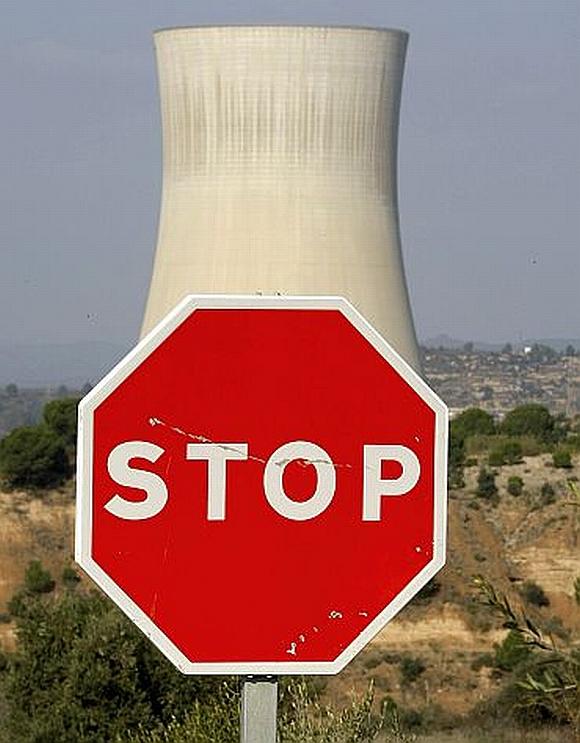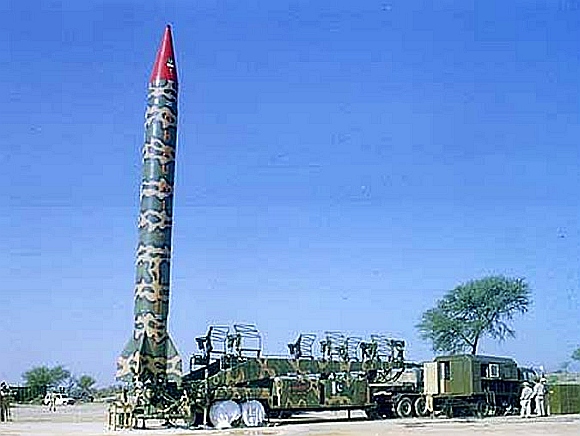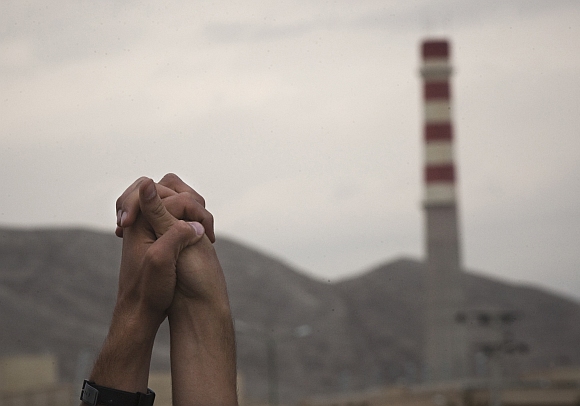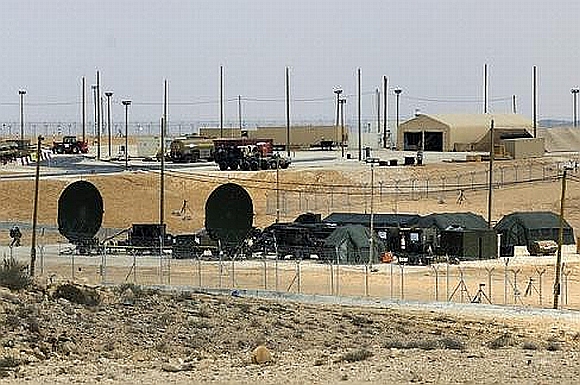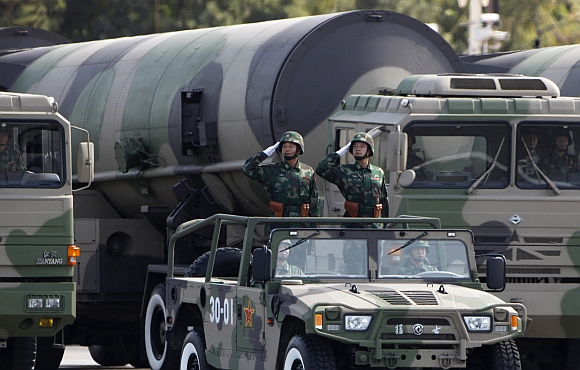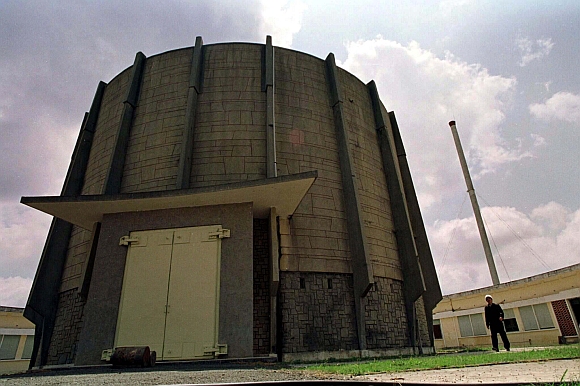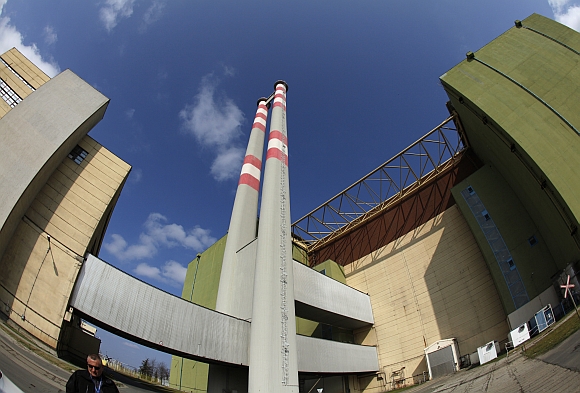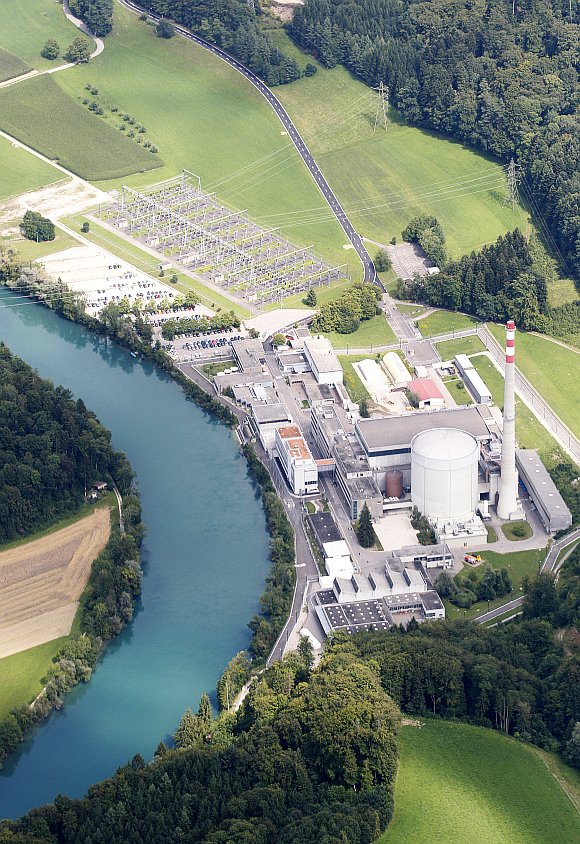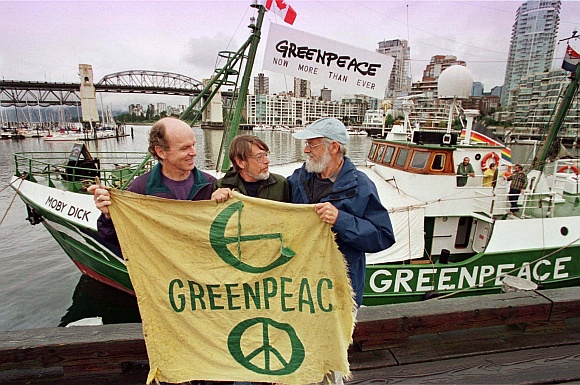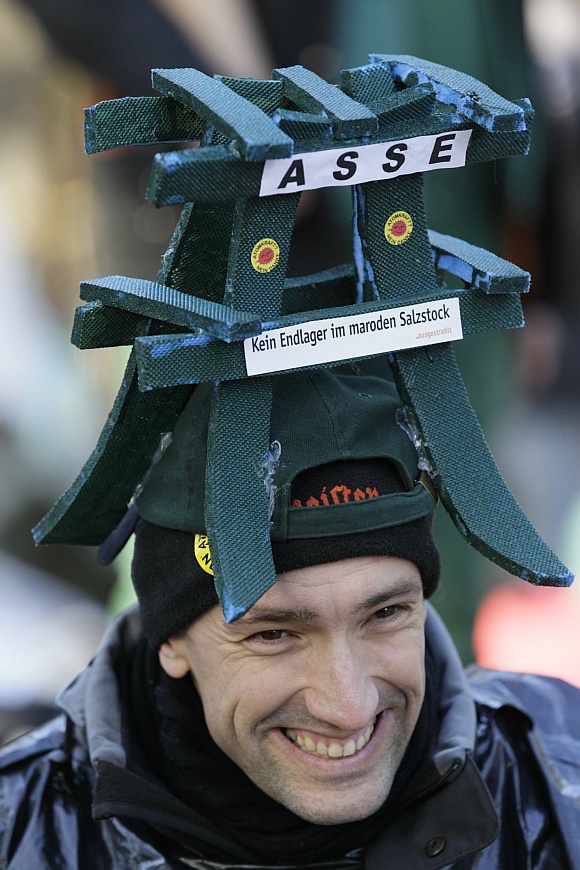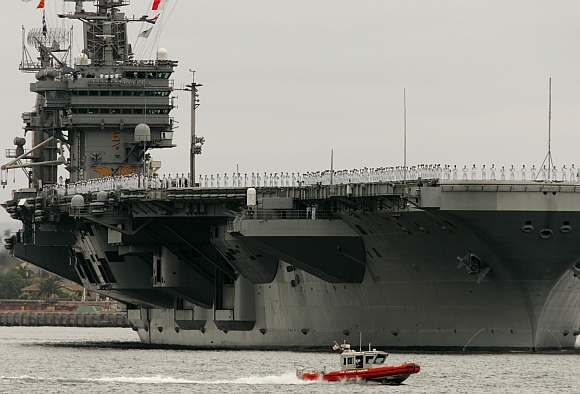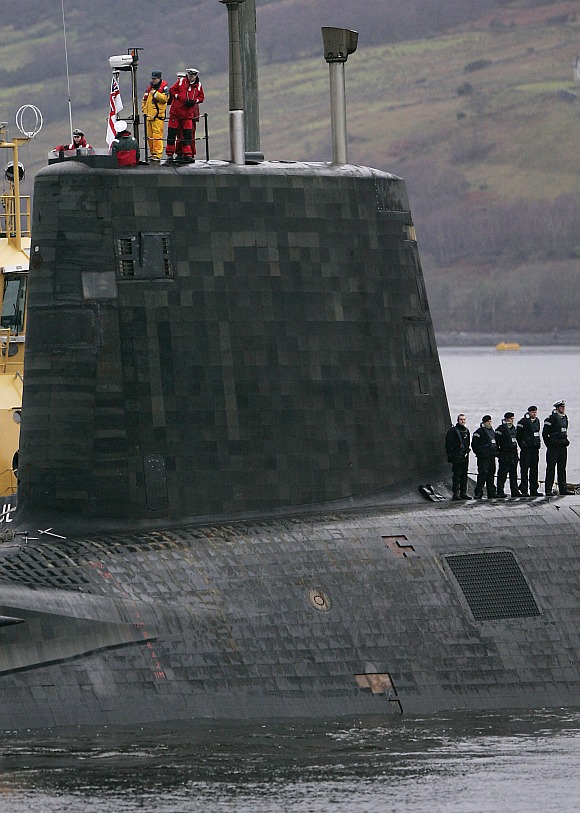 | « Back to article | Print this article |
India among the LEAST nuclear safe nations in the world
According to the first-ever index of security of nuclear materials, India is among the last -- just above Iran, Pakistan and North Korea.
The Nuclear Threat Initiative, in a project led by former United States senator Sam Nunn and the Economist Intelligence Unit, aims to draw attention to steps that nations can take to ensure the safety of the world's most destructive weapons.
The 32-country list is topped by Australia, followed by Hungary and Czech Repubic. The United States is ranked 13 among the nations.
India scored an average overall score of 49 (out of 100), and ranked poorly on security and control measures.
Click here for Rediff Realtime News!
Click NEXT to read further...
North Korea
North Korea ranked last on the nuclear safety list. North Korea renounced a US-backed agreement on denuclearisation in 2009, an d has tested two nuclear bombs.
Ever since young Kim Jong-Un took over as leader from his late father Kim Jong-il, the world has been watching the country warily.
Click NEXT to read further...
Iran
Iran has been under intense international scrutiny for its nuclear program. Iran ranked 30th in the study, scoring 46 out of 100.
Support for tough measures against Iran's nuclear program has fallen in 13 out of 21 Arab countries according to a poll. According to a 2008 global poll of Arab public opinion, the Arab public does not appear to see Iran as a major threat and does not support international pressure to force Iran to curtail the program.
Arab League Secretary General Amr Moussa echoed remarks made by chief Palestinian negotiator Saeb Erekat, saying that Israel, not Iran, posed a nuclear threat to the Middle East.
Click NEXT to read further...
Pakistan
Pakistan ranked the second last in the list, scoring 41 out of 100. A 2010 study by the Congressional Research Service titled Pakistan's Nuclear Weapons: Proliferation and Security Issues noted that even though Pakistan had taken several steps to enhance Nuclear security in recent years 'Instability in Pakistan has called the extent and durability of these reforms into question.'
In response to a November 2011 article in The Atlantic written by Jeffrey Goldberg highlighting concerns about the safety of Pakistan's nuclear weapons program, the Pakistani Government announced that it would train an additional 8,000 people to protect the country's nuclear arsenal.
At the same time, the Pakistani government too denounced the article.
Click NEXT to read further...
Israel
Israel too got a low grade in the field of security of weapons-usable nuclear materials. Israel was ranked 25, with an overall score of 56 points out of 100.
Israel received below average scores in the following sub-categories: Control and Accounting Procedures (0); Nuclear Security and Materials Transparency (0); and Sites and Transportation (17).
Click NEXT to read further...
China
China was ranked 27, with an overall score of 52 points out of 100. Last year, a WikiLeaks cables had revealed that China had 'vastly increased' the risk of a nuclear accident by opting for cheap technology that will be 100 years old by the time dozens of its reactors reach the end of their lifespans.
The warning had come weeks after the government in Beijing resumed its ambitious nuclear expansion programme, that was temporarily halted for safety inspections in the wake of the meltdown of three reactors in Fukushima, Japan last year.
Click NEXT to read further...
Vietnam
Vietnam was ranked 29, with an overall score of 48 points out of 100. In June 2010, Vietnam announced that it plans to build fourteen nuclear reactors at eight locations by 2030, providing 10 per cent of the nation's electricity.
In October 2010, it signed an agreement with Russia for the construction of the country's first nuclear power plant, Ninh Thuan 1, due to begin in 2014.
Click NEXT to read further...
Australia
Australia was given the highest overall grade on the list of 'countries with weapons-usable nuclear materials.'
Australia currently has no nuclear facilities generating electricity, however, Australia has 23 per cent of the world's uranium deposits, and is the world's second largest producer of uranium after Kazakhstan.
At the same time, Australia's extensive, low-cost coal and natural gas reserves have historically been used as strong arguments for avoiding nuclear power.
Australia had an overall score of 94 points out of 100.
Click NEXT to read further...
Hungary
Hungary made it to the second position in the list, with an overall score of 89 points out of 100.
Hungary receives all of its fuel, uranium, from TVEL in Russia. Spent fuel normally is disposed without reprocessing, though there are instances of spent fuel sent to Russia for reprocessing. For the spent fuel that is not reprocessed, it is kept at the nuclear reactor site for five years in pools and then sent to dry storage.
Click NEXT to read further...
Czech Republic
Czech Republic ranks third in the list, with an overall average score 87 points out of 100. The Czech Republic has six nuclear reactors generating about one-third of its electricity.
The Czech Republic currently operates two nuclear power stations: Temelin and Dukovany. As of 2010 there have been government and corporate moves to expand Czech nuclear power generation capacity. Any expansion is likely to build on plans first developed in the 1980s.
Click NEXT to read further...
Switzerland
Switzerland ranks fourth in the list, with an overall average score 86 points out of 100. Switzerland uses nuclear energy only for peaceful purposes. Any project for the adoption of nuclear weapons was definitively dropped in 1988.
In 2011, following the nuclear emergencies at Japan's Fukushima I Nuclear Power Plant and other nuclear facilities the government announced a freeze in the authorisation procedures for three new nuclear power plants, and ordered a safety review of the country's existing plants.
Click NEXT to read further...
Canada
Canada ranks 10th in the list, with an overall average score 79 points out of 100. As of 2009, about 15 per cent of Canada's electricity is produced by nuclear power.
Canada has an active anti-nuclear movement, which includes major campaigning organisations like Greenpeace and the Sierra Club. Over 300 public interest groups across Canada have endorsed the mandate of the Campaign for Nuclear Phaseout.
Some environmental organisations such as Energy Probe, the Pembina Institute and the Canadian Coalition for Nuclear Responsibility are reported to have developed considerable expertise on nuclear power and energy issues.
Click NEXT to read further...
Germany
Germany also ranks 10th in the list, with an overall average score 79 points out of 100. Nuclear power in Germany accounted for 23 per cent of national electricity consumption,before the permanent shutdown of 8 plants in March 2011.
German nuclear power began with research reactors in the 1950s and 1960s with the first commercial plant coming online in 1969. It has been high on the political agenda in recent decades, with continuing debates about when the technology should be phased out.
The topic received renewed attention at the start of 2007 due to the political impact of the Russia-Belarus energy dispute and in 2011 after the Fukushima I nuclear accidents.
Click NEXT to read further...
United Kingdom
United Kingdom stands with Germany and Canada at the 10th rank, with an overall average score 79 points out of 100.
The United Kingdom was the third country to test an independently developed nuclear weapon, in October 1952. It is one of the five Nuclear Weapons States under the Nuclear Non-Proliferation Treaty, which the UK ratified in 1968.
The UK is currently thought to retain a weapons stockpile of around 160 operational nuclear warheads and 225 nuclear warheads in total but has refused to declare the exact size of its arsenal.
Click NEXT to read further...
United States
The United States was ranked 13, with an overall score of 78 points out of 100. The US was the first country to develop nuclear weapons, and is the only country to have used them in warfare, with the separate bombings of Hiroshima and Nagasaki in World War II.
Before and during the Cold War it conducted over a thousand nuclear tests and developed many long-range weapon delivery systems.
Click NEXT to read further...
Other TOP photo features
Click on MORE to see another set of PHOTO features...
